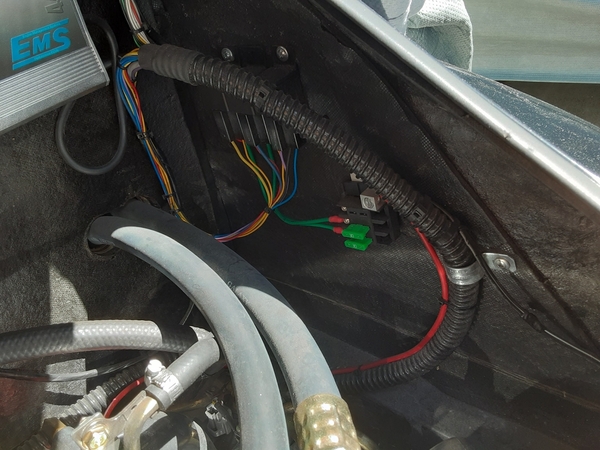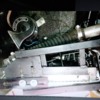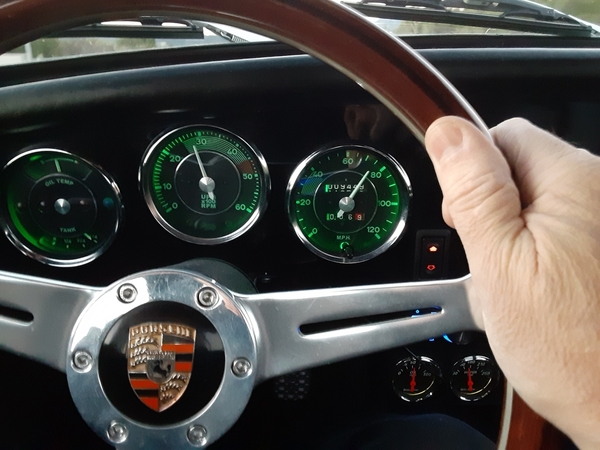Not sure who built your car or engine, but one of those two will know which Stinger version of ecu you have. John at Outfront will know if he built your engine, or John at JPS if he built your car.
Electric fans run the gamut from the gold standard of high capacity Spal models to less expensive overseas versions. Variations are straight/curved blades, pusher/puller versions, etc. An efficient shroud is a necessary ingredient for any fan to cool efficiently. Higher capacity fans have a larger fan motor and pull more amps, but supply higher cooling capacity, all dependent on working switches and relays, as well as the t-stat.
Fan data available online is sketchy at best, since almost all fan manufacturers, with the exception of Spal, determine flow in an open environment with no load. Spal uses a real-world testing regimen that mirrors actual usage. They offer varying grades of efficiency, from standard to extreme, with increasing motor size to accomplish the higher outputs required by more extreme blade pitches.
From my experience, ambient air temp is the most important variable for a Subi engine in our replicas with limited real estate for rads, fans, etc. Good gauges can tell you a lot if you monitor them closely, i.e., how long does it take to get to operating temp at what ambient air temp, how long do the fans operate, how long to cool down from temp A to shutoff temp? At idle speed, you can hear large capacity fans start and shut off, so timing the length of time they run at various air temps is easy.
I'm a real dinosaur at technology, but there are datalogging programs that can record all the above data and store it for retrieval on a laptop and likely a smart phone. Others on the forum are expert in this area. You may find that your concerns are needless, and you can operate safely at all but the most extreme air temps.
If you do further research, please let the group know your findings. That's how we all learn.














